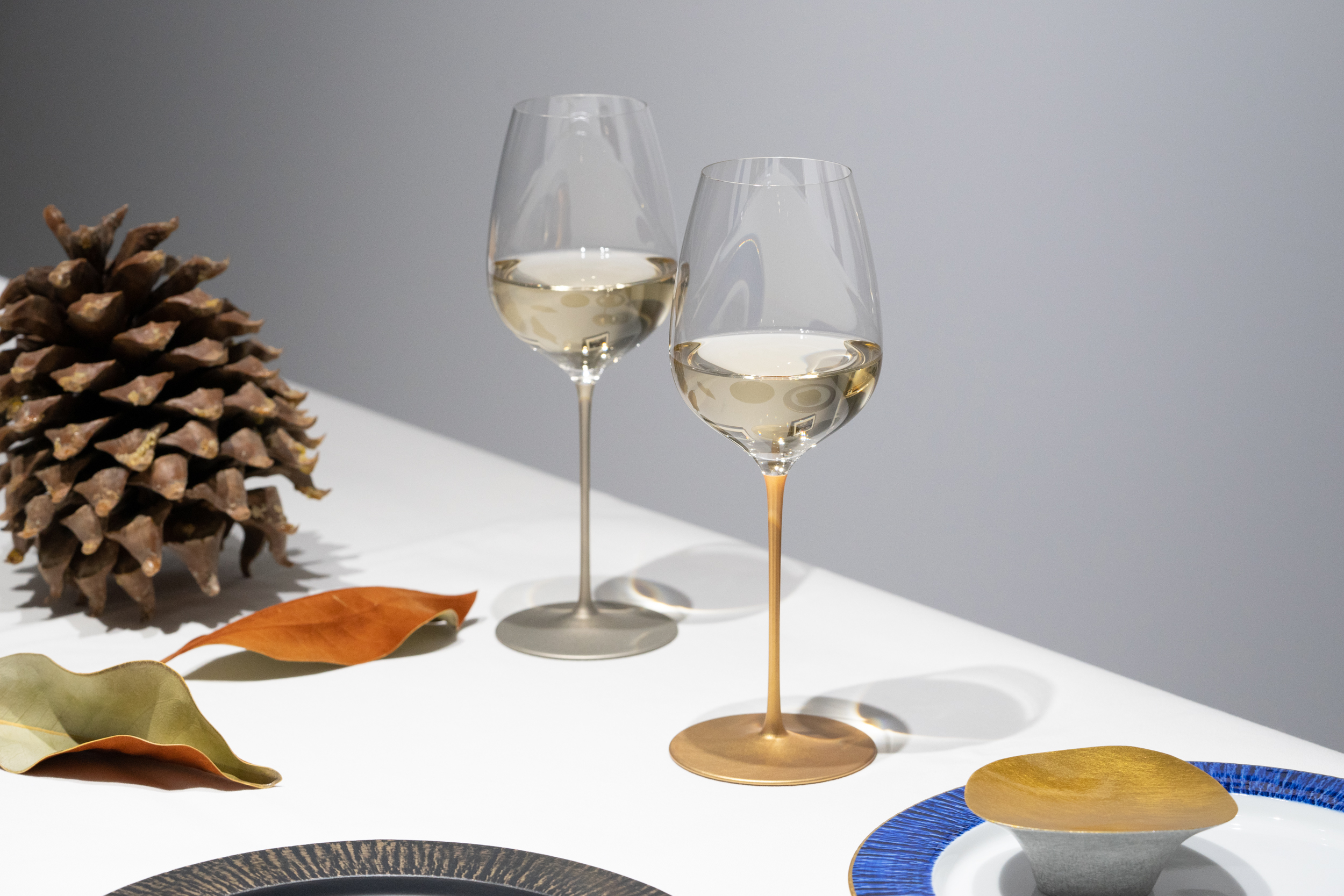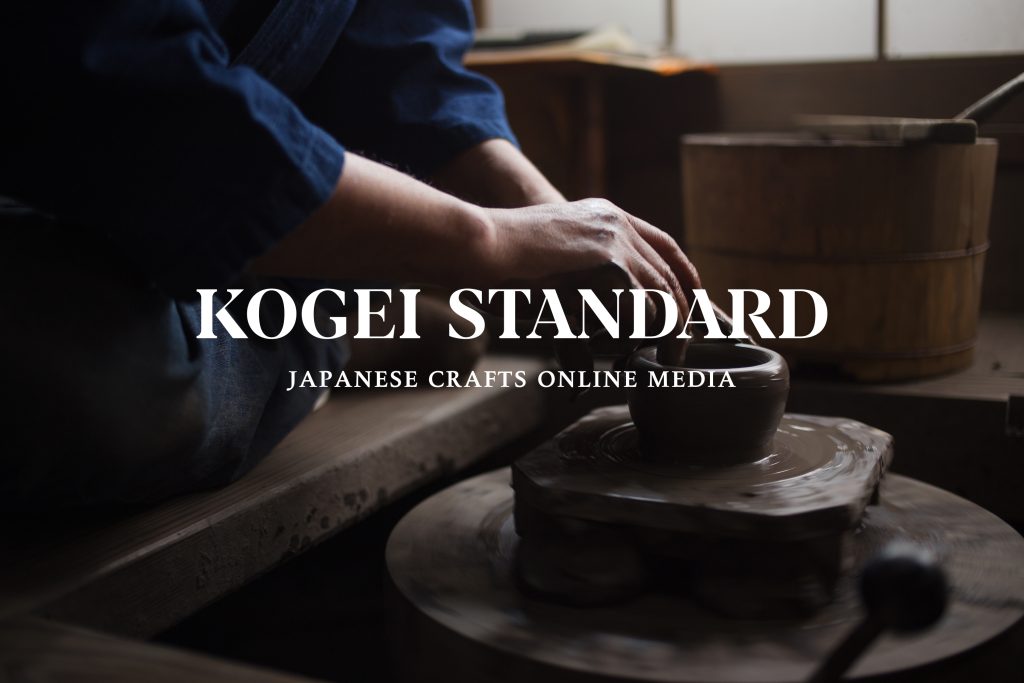I don’t have much knowledge about wine, but as I have learned more about the different types of grapes, regional characteristics, and vintages and started to understand and appreciate wines in greater depth, I have come to think that wine and Japanese crafts have something in common.
I have heard it said that wine was born from “Ten, Chi, Jin”. Ten has many meanings: the power of nature, sky heaven, and so forth; Chi means ground or earth; and Jin means human being. These three words were used together by Koji Nakada, a Japanese vintner living in Burgundy, France, to represent his distinctive philosophy shaping his ceaseless pursuit of the perfect wine: the heavenly blessing of climate, the characteristics of the earth, and the wisdom, technology, and efforts of men. All of them need to complement each other to produce the perfect harmonious combination of “Ten, Chi, Jin” that creates the conditions for the perfect wine. The French term “terroir” describes the unique combination of characteristics which describe a given place’s land and climate. Crafts also have properties similar to the concepts described by “heaven, earth, people” and “terroir“. They reflect the climate, the land, and the materials that are only found in that place, as well as the skill of the people living there. These are indeed essential elements for producing beautiful crafts.
Wine is one of the most beloved drinks in the world, with a long history. Wines from the top five rated chateau in Bordeaux may command prices similar to those of valuable works of art. I don’t think it is simply the taste of the grapes that makes wine so attractive to people all over the world; there must be much more to it. I believe that from just one bottle of wine, one is able to feel the depth that grows from the blessings of heaven and earth as well as the passage of time. Also, by learning more about the characteristics of a certain land and vintage, you can become able to tell the differences in taste and character, and this enables you to feel as if you are traveling every time you take a sip of wine. I think it is this flow that captivates people about wine.
The same applies to crafts. For me, through visiting artisans in various craft-producing regions I have come to learn more about things like the difference between porcelain and pottery, the differences among types of wood, and the cultures and history of various craft producing areas, my perspectives and understanding of crafts have greatly expanded. I learned not to look only at the crafts themselves, but also to see all the things connected to them, and to understand them as a whole.
I have changed a lot through these experiences. I never paid any special attention to glasses before, for example, but now I see them as special tools that give me greater pleasure in drinking water and thus enrich my everyday life. This is a huge change for me. I started to become interested in wine about the same time that I started to visit craft producing regions. Unfortunately I have not yet been able to visit any wine regions around the world, but I dream of exploring them someday.
As the popularity of wine in Japan has been increasing year by year, more and more Japanese craft makers have begun working on wine glasses. Wine and Japanese crafts share some of the same fundamental ideas, and Japanese craft makers could find unexpected crossovers and learn many things from wine makers. Such collaborations could be one future path for Japanese crafts to reach out and introduce themselves across the world.
Yusuke Shibata


